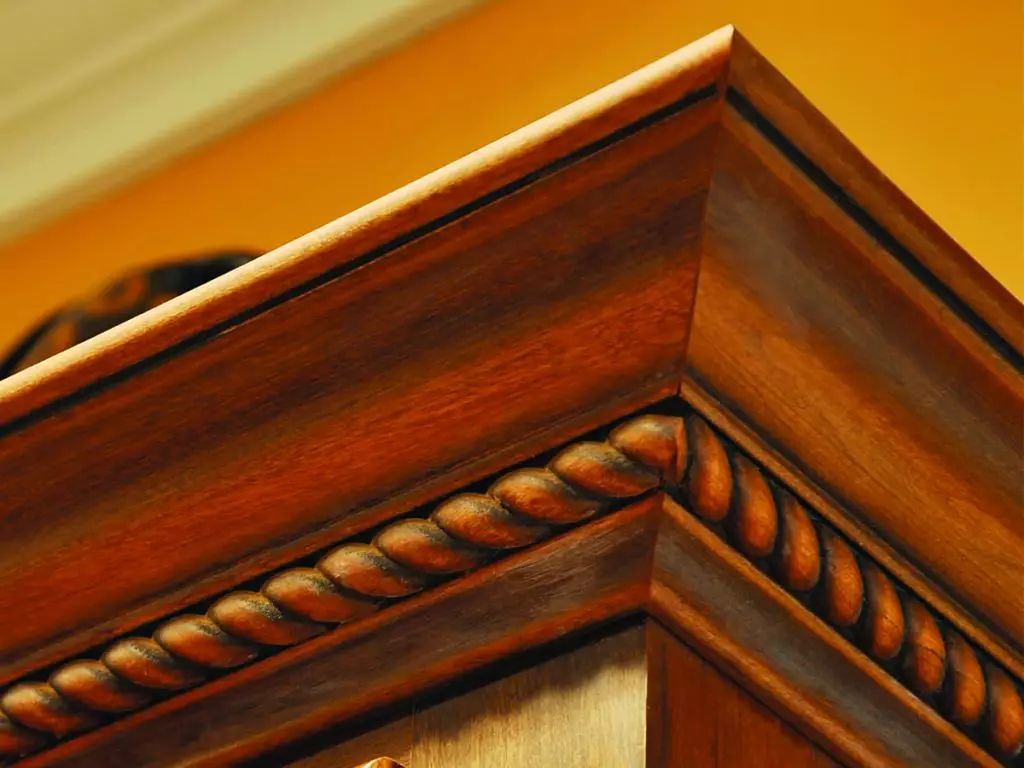
Want to give your kitchen cabinets a facelift? If so, don’t just pick any solid wood off the shelf. Your choice of material considerably affects your custom cabinet’s aesthetics and durability, as well as its color consistency, strength, and overall visual appeal. These considerations make it essential to know why wood grade matters for cabinets.
Let us help you out. This article dives into various cabinet wood grades to help you pick the best wood for cabinets for your next kitchen improvement project!
Understanding Wood Grades for Cabinets
What Is Wood Grade?
Wood grades are classifications that categorize lumber based on strength, quality, and appearance. For instance, furniture-grade wood is best for making cabinets, tables, and other furniture, as it possesses the natural characteristics necessary to withstand repeated use and prolonged stress.
This discussion will focus on two specific grades: select vs. standard wood. Select-grade wood is better if you plan on making visually uniform cabinet boxes and doors. Let’s differentiate them further.
Select vs. Standard Wood Grades
The difference between select and standard-grade wood lies in its natural characteristics. Standard-grade wood features more natural variations and deformities, such as knots, dark stains, and winding grain patterns. Meanwhile, select-grade wood has a more uniform coloration and texture. It’s the premium option, so you’ll want to use it for your cabinet project!
Check out this photo for a more visual distinction of their characteristics.
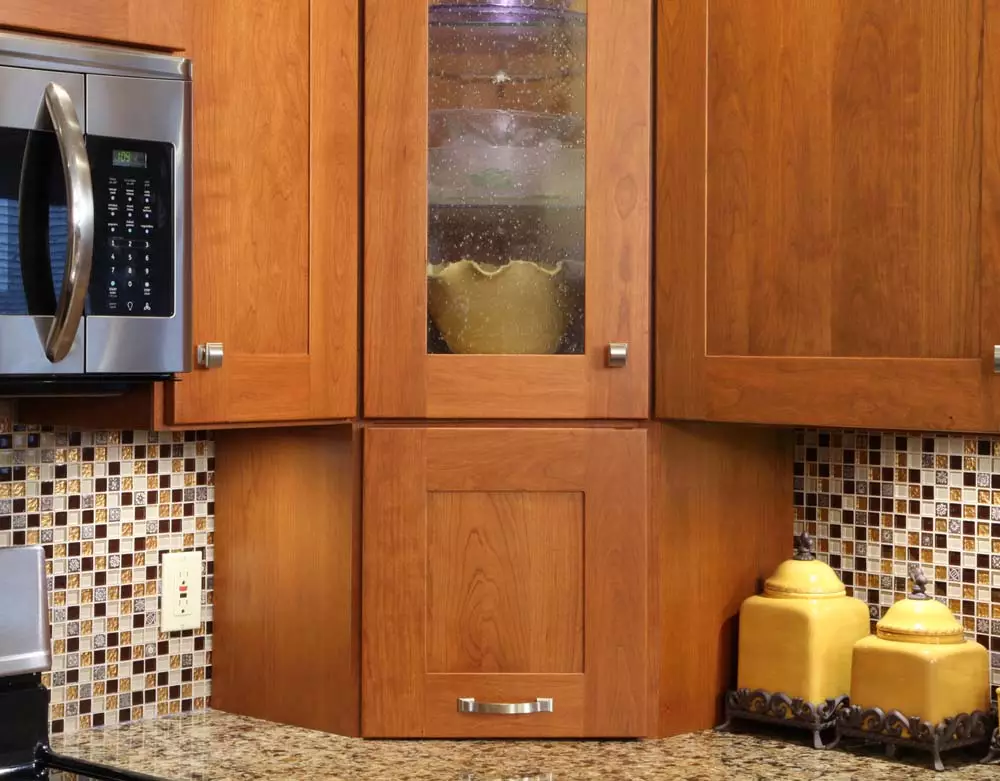
Select Grade Cherry Wood
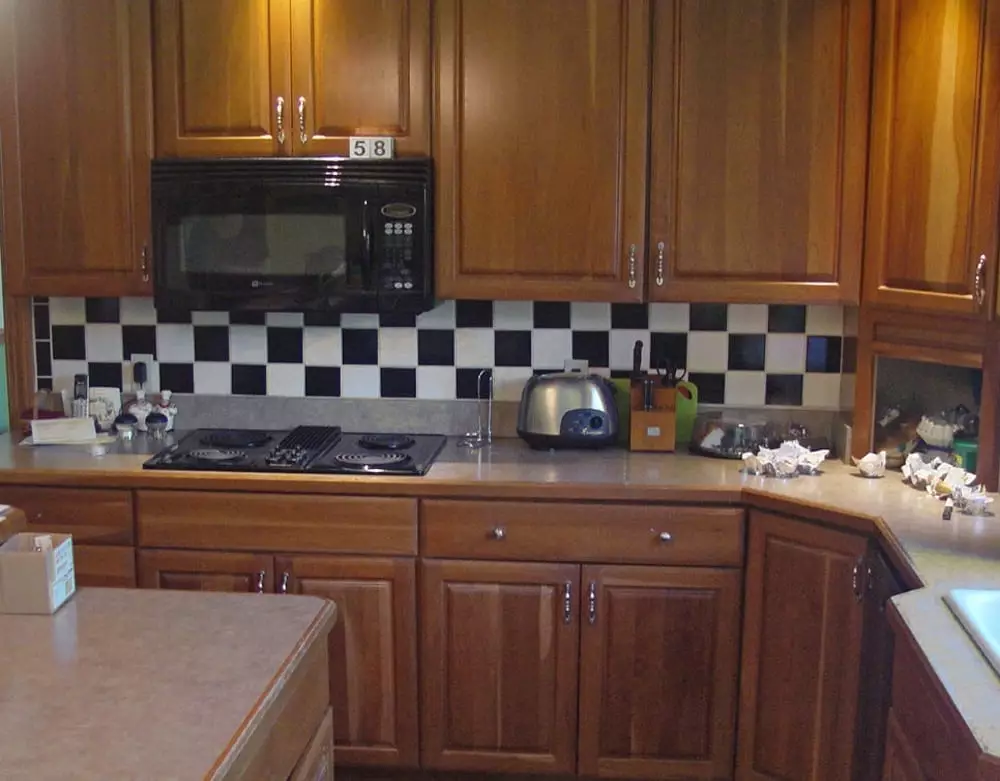
Select Grade Cherry Wood
Grade Matters for Cabinet Quality
Wood grading isn’t only a cosmetic concern. Knowing why wood grade matters for cabinets will also help you uncover their inherent differences to make a more informed choice for your kitchen.
Color Consistency & Aging
Select-grade wood features a singular color and texture, with lines, grain, and growth rings that don’t stand out visually. It also ages consistently.
Conversely, these characteristics are more conspicuous in lower-grade wood options. Standard-grade wood can show a striking mismatch in terms of color and texture because it utilizes more heartwood and sapwood than select-grade wood.
What is heartwood and sapwood?
- Sapwood is the outer layer of the trunk. As the youngest section, it’s generally soft, contains water and other minerals, and is lighter in color. You wouldn’t want to use sapwood for woodworking without first drying and treating it.
- Hardwood is the centermost, darker layer and the oldest section. It’s deadwood, so it’s dry, hard, and doesn’t warp as much, making it perfect for building cabinet doors.
Durability & Strength
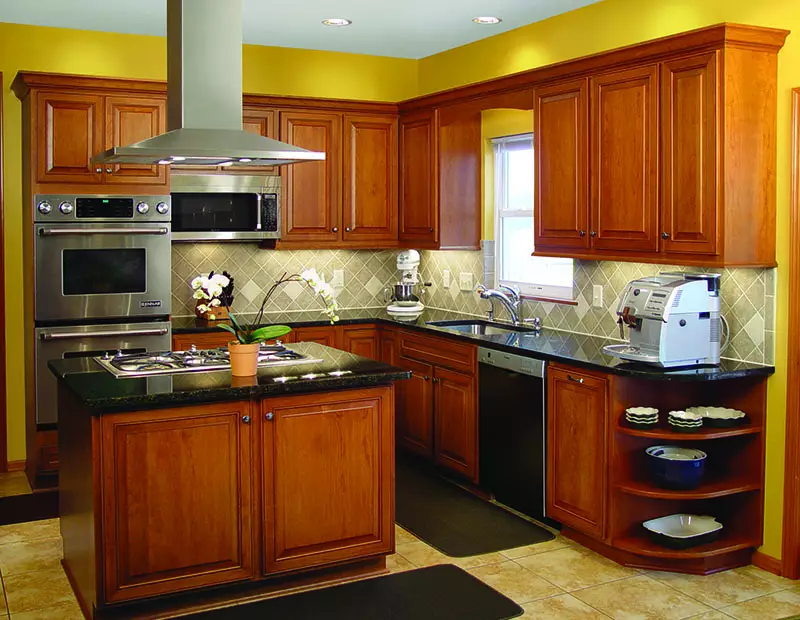
Wood grading is a crucial concern if you want your cabinets to last long. Select-grade wood tends to be stronger. It resists warping, cracking, and damage better than lower grades, so it’s perfect for cabinets that take a beating inside and out, like those below the kitchen counter. That’s why reliable cabinet workers like American Wood Reface use select-grade hardwood to ensure long-lasting beauty and strength.
Common Wood Defects
Having trouble distinguishing between high and low-grade wood? An easy way to go about it is to be on the lookout for these common wood defects.
- Knots: Wood knots are dark, circular irregularities that typically form where a tree branch used to grow and attach.
- Wormholes: As the name suggests, wormholes are tiny holes created by woodworms, which are beetle larvae that eat wood.
- Mineral Streaks: These imperfections are black, gray, or green lines within the wood that occur when the tree absorbs and deposits minerals from the soil as it grows.
- Burls: These are large, lump-like growths from trees that formed from bud tissue that failed to sprout.
These characteristics can be an eyesore if you want a consistent appearance in your cabinets. So, choose select-grade wood instead to give your kitchen a more refined and elegant finish.
Elevate Your Kitchen with Premium Cabinet Wood
You don’t need a total overhaul of your kitchen cabinetry if you want an upgrade.
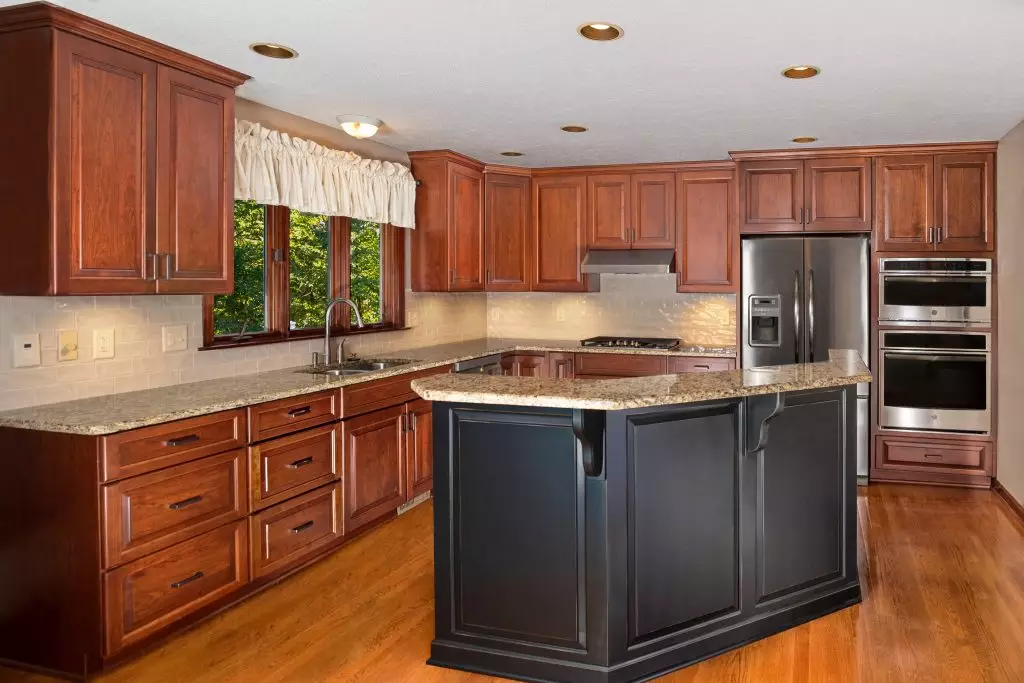
Cabinet refacing is a cost-effective way to upgrade cabinets without the extravagant price of a full remodel. When done with select-grade hardwood, you’ll also save on maintenance expenses, as it is highly durable and has a long lifespan that could even outlast the rest of your kitchen.
Don’t know where to start? Let American Wood Reface take care of that. Our team specializes in premium cabinet refacing, using select-grade hardwood to ensure high-quality transformations every time. Combined with our custom craftsmanship and strict attention to detail, we can help you attain a beautiful, functional kitchen that adds value to your home!
Takeaway
Now that you understand why wood grade matters for cabinets, you can finally make better-informed choices, prioritizing durable and aesthetically appealing choices that offer long-term value.
Need help with your project? Request a free consultation with us today and get sound advice from American Wood Reface’s experts!
